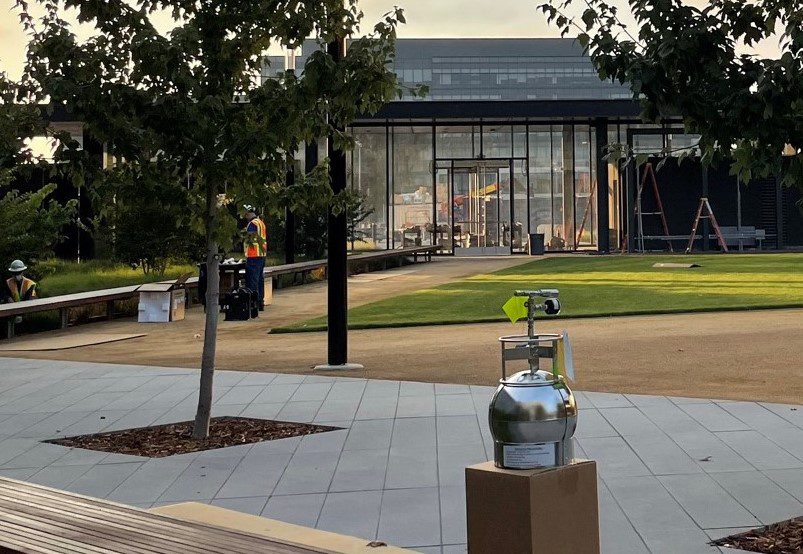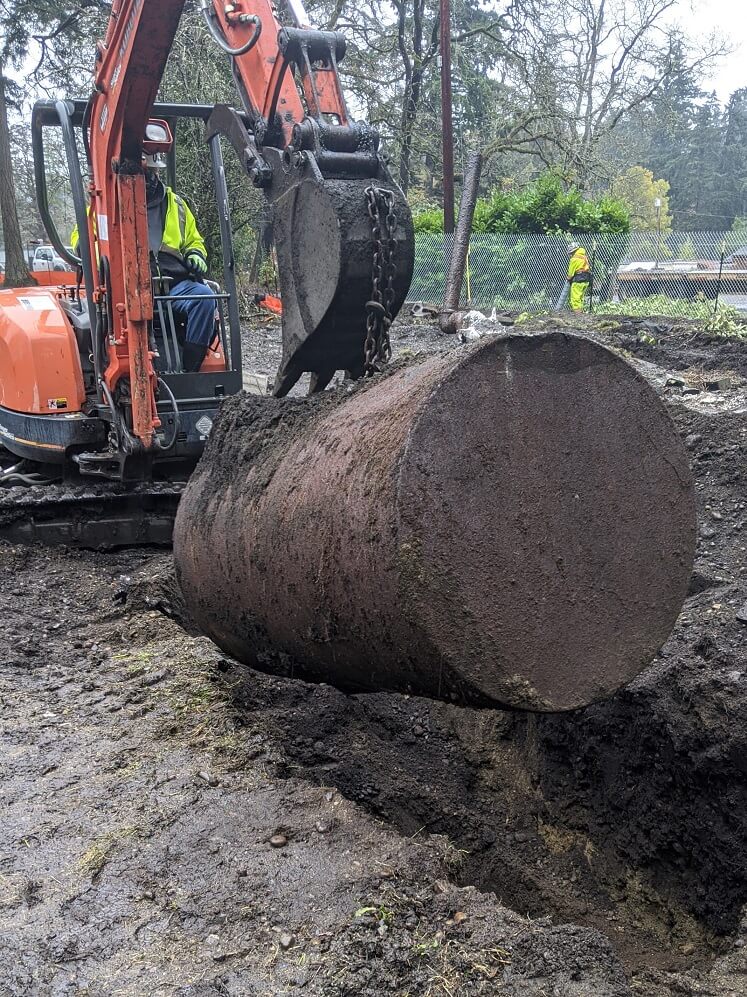



Are you looking for expert support for vapor intrusion assessments in California? Look no further than Path Forward. Our team of environmental engineers and geologists is equipped with the latest knowledge and experience to handle even the most complex projects.
We stay up-to-date with the latest requirements and guidance from key regulatory agencies, including the California Department of Toxic Substances Control (DTSC) and the California State Water Recourses Control Board (SWRCB).
In California, the use of the attenuation factors for evaluating vapor intrusion has evolved over time. In 2018, California adopted the USEPA’s attenuation factor of 0.03 for evaluating vapor intrusion. In February 2023, the Cal/EPA released their Final Draft Supplemental Guidance for Screening and Evaluation Vapor Intrusion which memorialized the use of the generic 0.03 attenuation factor. Significant research has shown that this attenuation factor is not representative of conditions observed in California. For example, the June 2021 California Specific Attenuation Factor study presented by Lahvis et. al found that the use of a 0.03 attenuation factor resulted in over-predictions of vapor intrusion risk at many sites in California. Similarly, a study recently released by the California Department of Toxic Substances Control (DTSC) also found that the use of a 0.03 attenuation factor may not be appropriate in some cases and instead presented an empirical attenuation factor of 0.0009. Despite these findings, the Cal/EPA has decided to maintain the 0.03 attenuation factor as a conservative approach. This conservatism continues to create significant barriers for redevelopment and economic growth, as many properties are being flagged for potential vapor intrusion risks that are unlikely to exist.
The Johnson and Ettinger modeling approach is a numerical modeling method that takes into account various site-specific factors, such as soil type, building characteristics, and meteorological data, to determine a site-specific attenuation factor. This method can provide a more detailed assessment of the potential for vapor intrusion compared to the use of generic attenuation factors like the USEPA’s factor of 0.03 or the DTSC’s factor of 0.001.
In addition to the Johnson and Ettinger modeling approach, the DTSC and SWRCB also consider other site-specific factors, such as the land use, presence of a vapor intrusion mitigation system (VIMS), and the depth of the building’s foundation, when evaluating vapor intrusion.
Our team of experts will work with you to understand the scope of the issue and recommend the best approach to meet your specific needs. Whether you prefer a more conservative approach or a more cost-effective solution, we will ensure that you make the right choice for your specific needs.
At Path Forward, we use a combination of cutting-edge techniques, including traditional soil gas sampling, sub-slab soil gas sampling, indoor air sampling, and outdoor air sampling, as well as site-specific modeling, building design evaluation, and our regulatory relationships to provide comprehensive solutions for vapor intrusion assessments. Our team is committed to providing high-quality services and delivering real results that meet your specific needs.
So, if you’re looking for an experienced and reliable partner for vapor intrusion assessments in California, look no further than Path Forward. Contact us today to learn more about our services and how we can help you achieve your goals.
Path Forward ensures the safety and satisfaction of our clients, especially in the realm of new construction projects and real estate transactions. Our team includes a Radon Measurement Professional (RMP) licensed with NRPP (National Radon Proficiency Program), verified by the California Department of Public Health, guaranteeing the highest standards of expertise in radon assessment. This accreditation underscores our unwavering commitment to conducting comprehensive radon assessments, offering our clients peace of mind during new construction projects and real estate transactions.
In adherence to stringent industry regulations established by ANSI (American National Standards Institute), AARST (American Association of Radon Scientists and Technologists), Indoor Environments Association, HUD (Department of Housing and Urban Development), Fannie Mae, and private lenders, our licensed professional meticulously follows prescribed standards and guidelines. This includes following the Protocol for Conducting Measurements of Radon and Radon Decay Products in Homes (MAH-2023) and Protocol for Conducting Measurements of Radon and Radon Decay Products in Multifamily, School, Commercial and Mixed-Use Buildings (ANSI/AARST MA-MFLB-2023).
We recognize the critical importance of radon assessments in new construction and real estate transactions, which is why our team is adept at performing evaluations in accordance with the specific requirements outlined by regulatory authorities. By engaging our services, clients can trust that their radon assessment needs are handled with utmost professionalism and efficiency, empowering them to make well-informed decisions. At Path Forward, we prioritize not only the success of the construction project but also the safety and satisfaction of our clients, showcasing our unwavering dedication to excellence in every aspect of our services.
Please contact us for further information regarding how our Vapor Intrusion Assessments services may assist your project.

